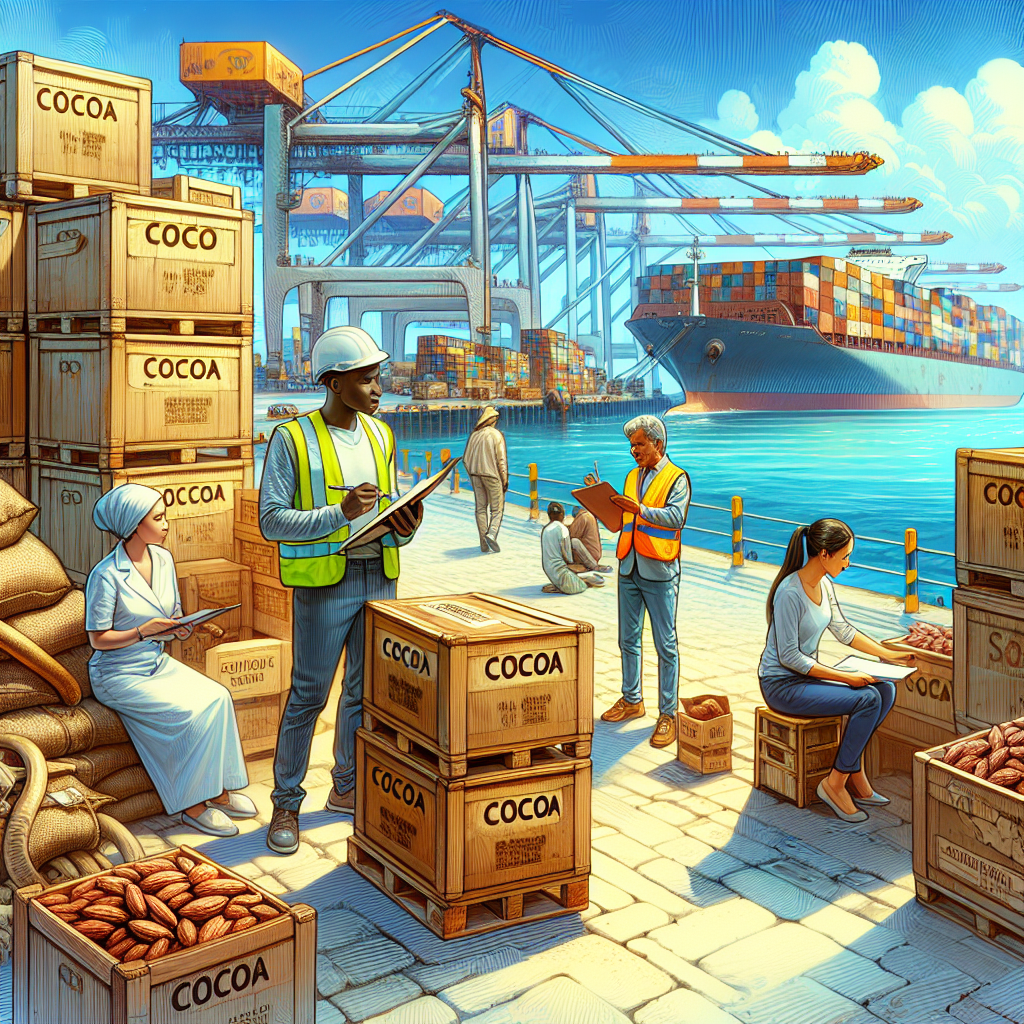Coffee, tea and cocoa costs see global food import bill soaring past $2 trillion
The global food import bill is projected to exceed $2 trillion in 2024 –

The global food import bill is projected to exceed $2 trillion in 2024 – fuelled by the rising cost of everyone’s favourite hot drinks – according to the latest Food Outlook released by the Food and Agriculture Organization (FAO) on Thursday.
The biannual report, which focuses on developments affecting global food and animal feed markets, highlights that higher costs for cocoa, coffee, and tea are driving the increase, while disparities in import bills persist across income levels.
Cocoa prices have soared nearly four times their ten-year average earlier this year, coffee prices have almost doubled, and tea prices are 15 per cent above long-term levels.
Together, these commodities are responsible for over half of the projected increase in global food import expenditures, which FAO economists anticipate will rise by nearly 23 per cent in 2024.
National disparities
While high-income countries, which make up two-thirds of the global food import bill, will see a 4.4 per cent increase, import expenditures for middle and low-income countries are expected to decline.
Lower-income countries may find some relief in reduced cereal and oilseed costs, although their per capita food intake for wheat and coarse grains is projected to decline, contrasting with an anticipated 1.5 per cent increase in rice consumption.
FAO emphasises the crucial role food exports play in supporting many economies.
For instance, coffee export earnings cover nearly 40 per cent of food import costs in Burundi and Ethiopia, while Côte d'Ivoire’s cocoa exports entirely offset its food import bill. Similarly, tea exports account for more than half of Sri Lanka’s import costs.
Mixed forecast
FAO’s forecasts reveal a mixed picture for global food production and trade.
Wheat and coarse grain output is expected to decrease but remain above consumption levels, while rice production is set for a record-breaking harvest in 2024/25 which could enable an increase in global rice consumption, reserves and international trade.
Production of meat and dairy is forecast to grow modestly while global fisheries output is expected to expand by 2.2 per cent, fuelled by aquaculture.
Meanwhile, vegetable oils’ consumption may outpace production for the second consecutive season, leading to stock drawdowns.
The report cautions that extreme weather, geopolitical tensions, and policy changes could destabilise production systems, further straining global food security.
Olive oil prices spike alongside climate stress
A special focus on olive oil details price spikes due to climate-related production declines.
IFAD Compost made from a mixture of pine trees empty cones and cow dung helps olive trees grow in a sustainable way.
In Spain, wholesale prices for cold-pressed extra virgin olive oil reached nearly $10,000 per tonne in January 2024, almost triple their 2022 levels.
High temperatures, which force olive trees to conserve water for core functions instead of producing fruit, led to a nearly 50 per cent production cut for two years in a row.
Although Spain’s next harvest is expected to surpass the 10-year average, high prices may constrain global consumption.
Producers ought to consider more sustainable water and soil management practices, the report notes.
Given the great potential for expansion in olive oil exports, governments might offer support to olive growers, such as insurance schemes and measures to control the spread of diseases, said FAO Economist Di Yang.
Cheaper fertiliser…mostly
The report also highlights a 50 per cent drop in fertiliser prices since their 2022 peak, thanks to falling natural gas prices and reduced trade barriers.
FAO Economist Maria Antip noted however that phosphate fertilisers have resisted this trend, with ongoing trade barriers and geopolitical tensions posing risks to future supplies, particularly in Latin America and Asia.
Additionally, the report underscores the potential of low-carbon ammonia, a key component of nitrogen-based fertilisers, as a sustainable alternative.
However, while using renewable energy instead of natural gas is viable and investments to do so are underway, scaling up production will require targeted incentives to offset higher manufacturing costs and encourage adoption among farmers.
Visit UN News for more.
- READ MORE ON:
- Food Outlook










